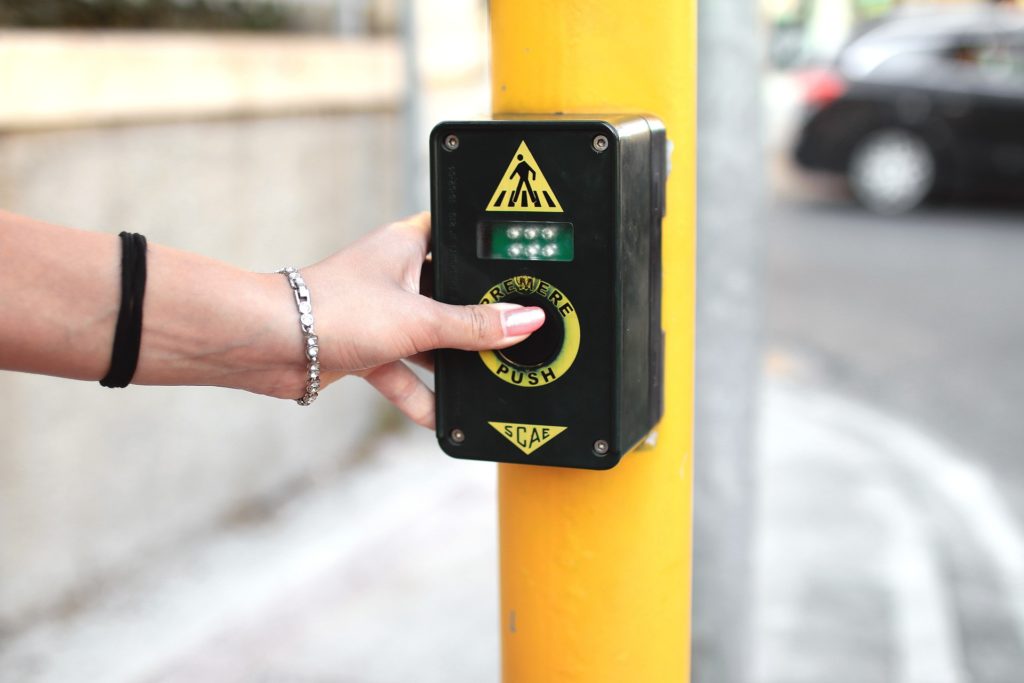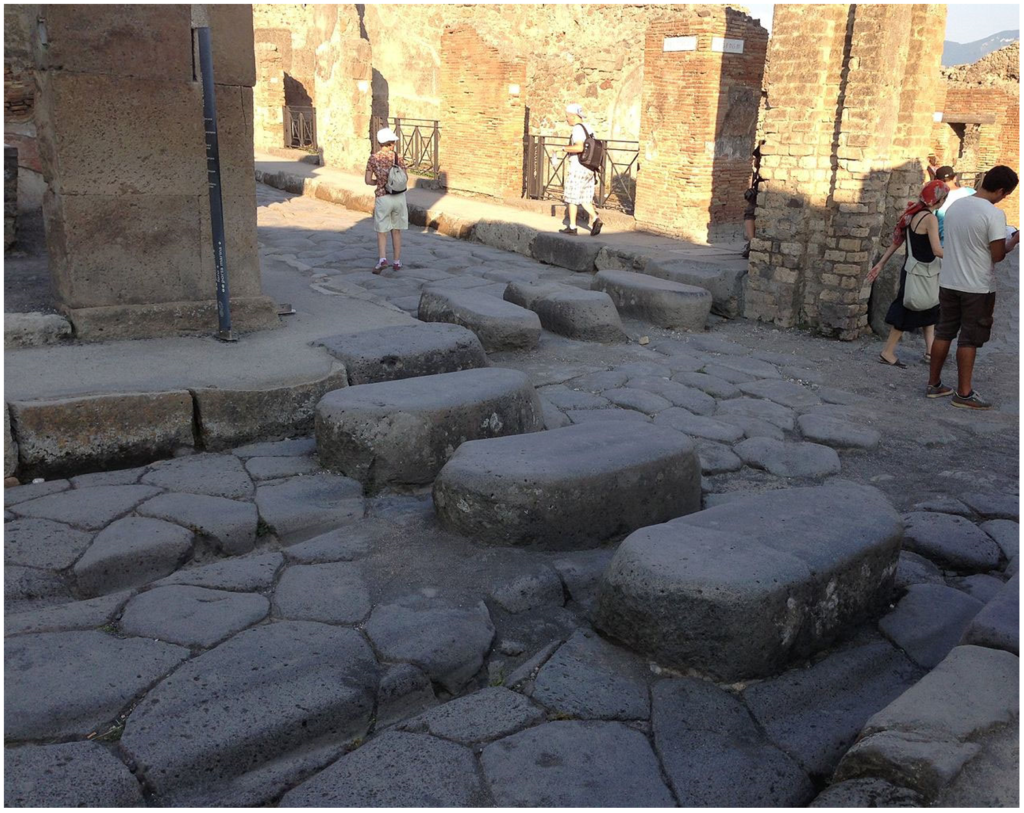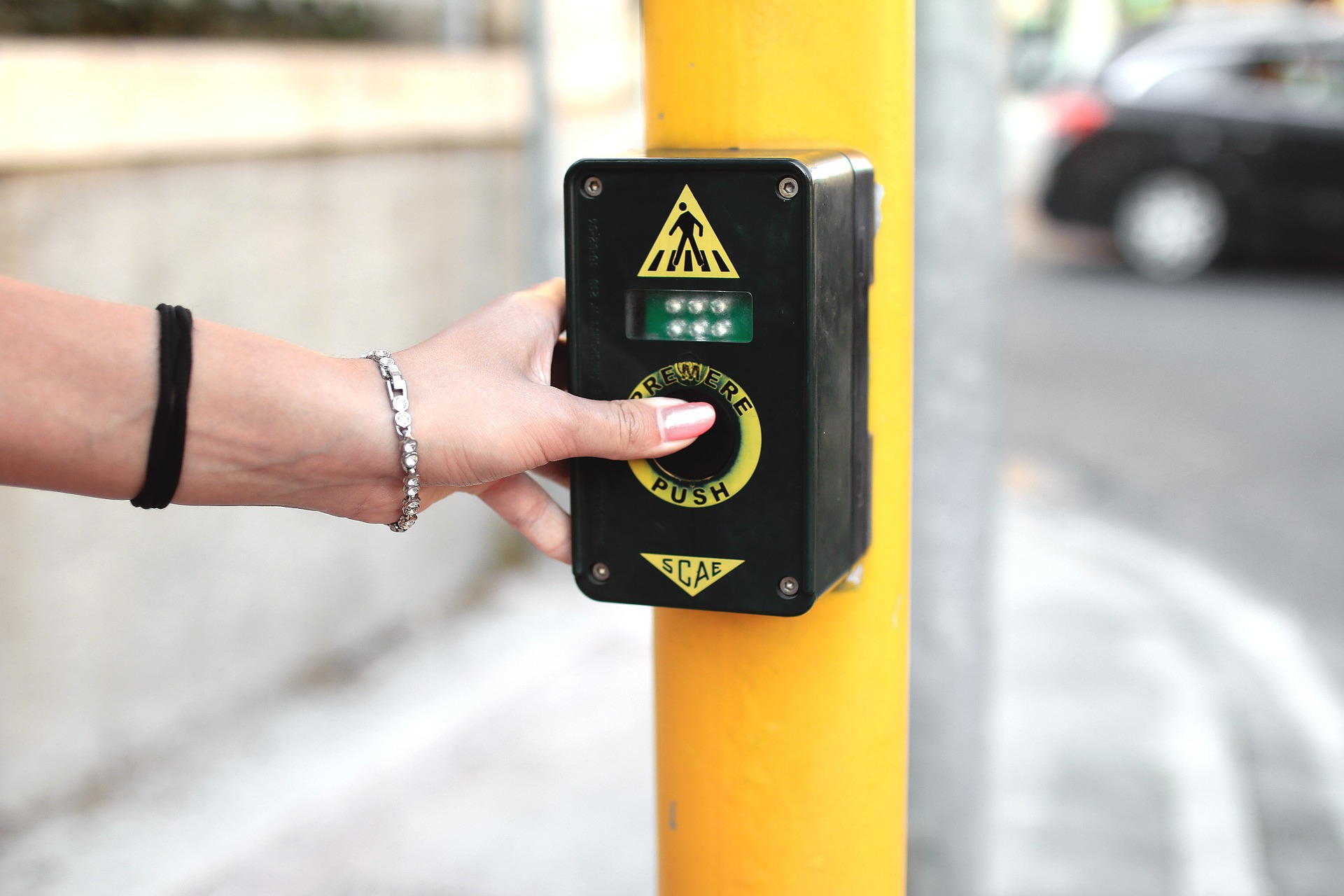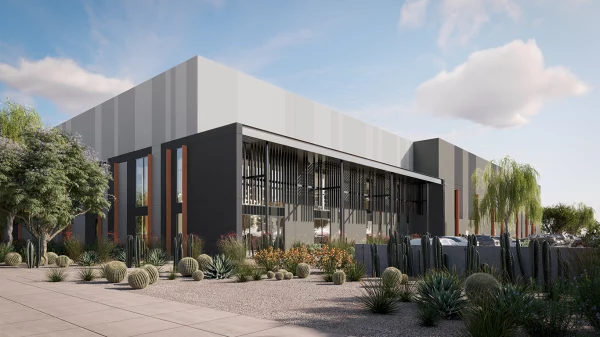
By Paul Basha, traffic engineer, Summit Land Management
Does pushing the WALK button make the green light appear quicker? No. Pushing the WALK button, makes the green light long enough for a slow-walking person to cross the street before the cars on the intersecting street get a green. Traffic engineers use a walking speed of 3 feet-per-second. (slow – suitable for a hand-powered wheelchair – I know because I’ve tested it as an inexperienced wheelchair user).
Also, pushing the WALK button multiple times does not make the green or walk appear sooner. It is not a counter, either it’s been pushed once or not at all. More pushes is the same as one push, no extra benefit. Though more pushes provide non-productive activity while you wait. Jumping jacks would be healthier.
When these clocks go to 0, some traffic signals change from green to yellow to red and some traffic signals stay green. Why?

These devices are termed “Pedestrian Countdown Clocks”. (On rare occasions, traffic engineers actually use sensible names. Took us a few decades to start saying “yellow” instead of “amber”, but we finally got it … most of us.)
It is not obvious, until you think about it, but pedestrian Walk and Don’t Walk signs and symbols are for pedestrians; and red, yellow, and green circles and arrows are for cars.
The Walk signal does NOT provide sufficient time for pedestrians to walk across a street. The flashing Don’t Walk signal provides sufficient time for a pedestrian to cross a street. The Walk signal is extra time beyond the necessary time provided by the flashing Don’t Walk – more than a slow walker needs.
Traffic engineers know that most people do not know how fast they walk and that most people cannot measure distances accurately by eye. However, we pretend that people recognize that decreasing numbers eventually become 0, and they best walk fast enough to arrive at the curb before 0 appears.
The reason pedestrian countdown clocks became increasingly popular a dozen or two years ago is to inform pedestrians the remaining time before cars on the intersecting street might receive a green light.
Pedestrian Countdown Clocks are for pedestrians, not for drivers. They provide no valid information for drivers. The time necessary for a pedestrian to cross a street determines the length of the Walk and flashing Don’t Walk. The length of a green light for cars depends on the number of cars. The more cars, the longer the green. So, when pedestrians have finished crossingthe street, should cars get a red? Of course not: if more cars are driving through the intersection, the light should stay green.
Studies have conclusively revealed that pedestrian-car crashes decrease when Pedestrian Countdown Clocks are installed. Studies have also revealed that car-car crashes increase when Pedestrian Countdown Clocks are installed. The problem appears to be that drivers see the pedestrian countdown clock and either speed to beat the red or brake – even though the light remains green. Often the first car brakes and the second car speeds – not pleasant. SIGH! Traffic engineers try, though human behavior seems to win. Most every traffic solution creates other traffic problems.
Just in case you need a very clever and interesting fact to prove your complete historical knowledge, the first known pedestrian crossing existed in Pompeii more than 2000 years ago. While sometimes I feel as though I am old enough to have taken this photograph personally before the volcano eruption, this apparently current photograph comes from Wikipedia, attributed to Xerti. Evidently, pedestrians walked from raised stone to raised stone to avoid water and sewage, as the roads were truly multi-purpose then. And you thought some of our roads were disgusting after monsoons.

Need more? The first pedestrian signal appeared in London, England in 1868: which was 46 years before the first car traffic signal (Cleveland, Ohio).












